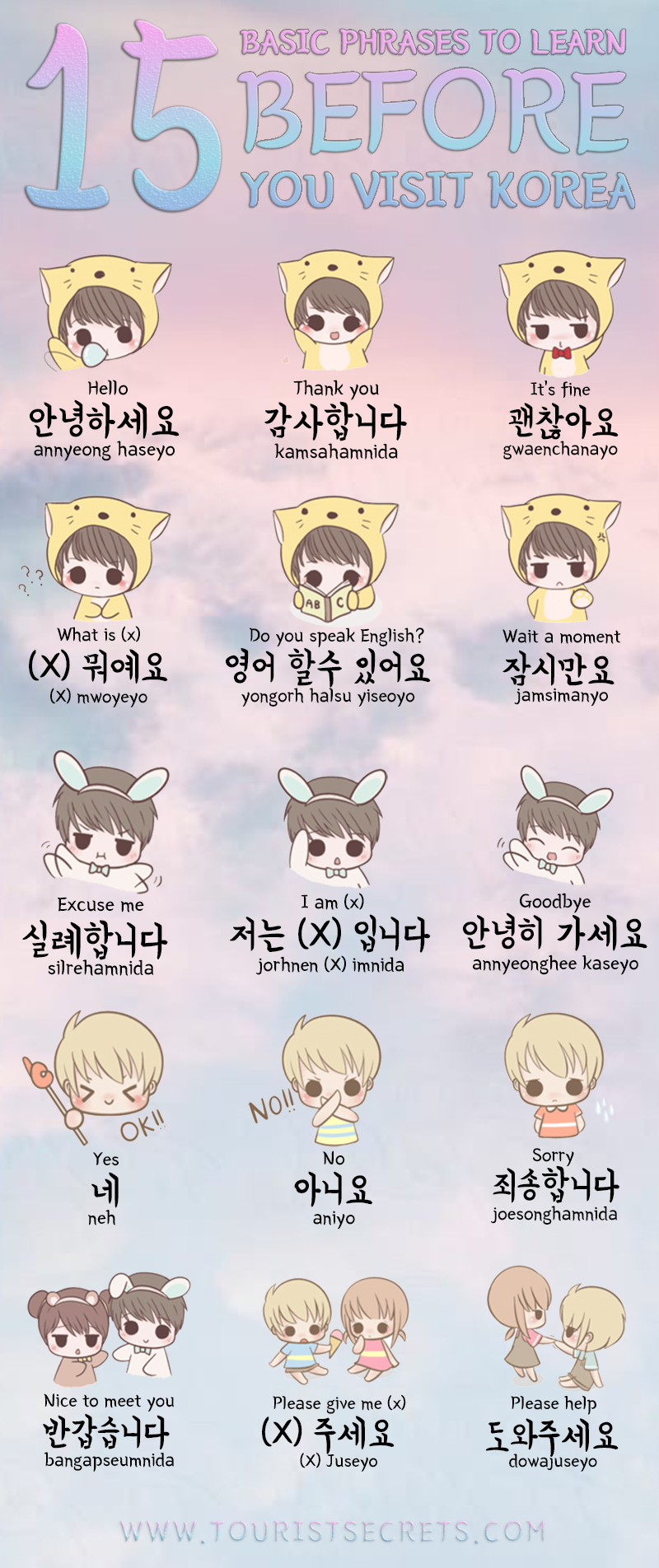Annyeonghaseyo! 29 Korean Phrases You Can Master in 5 Minutes
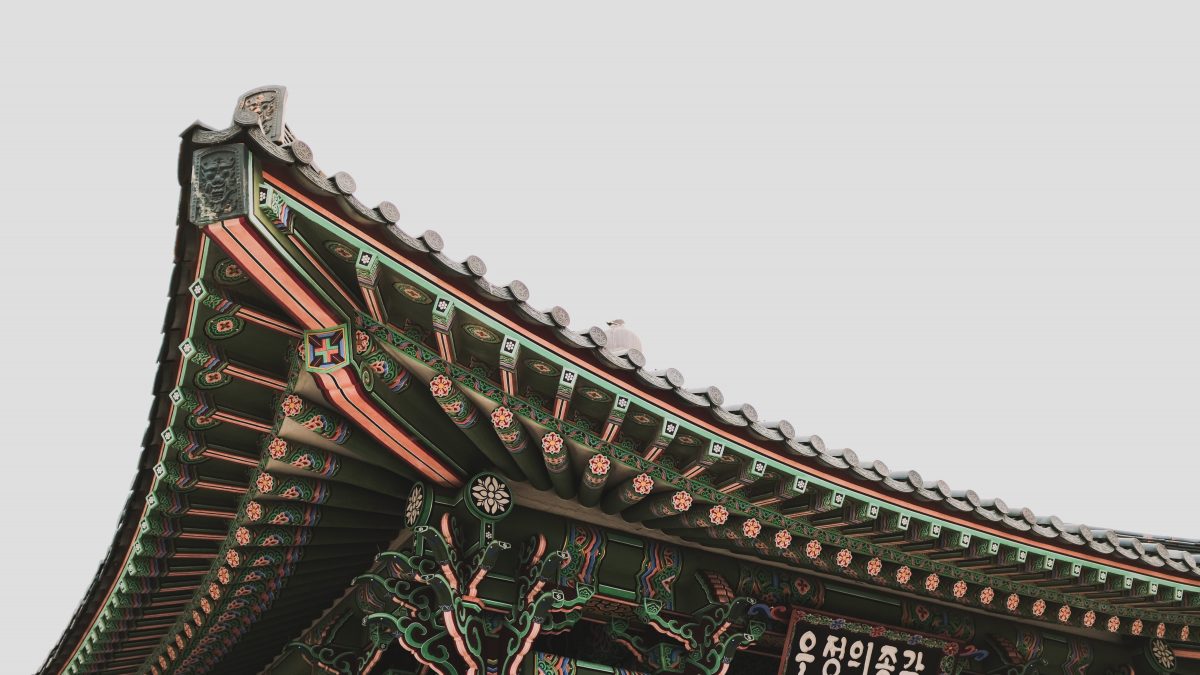
Planning for a trip to South Korea, but worried about the language barrier? The alphabets of the Korean language, also known as Hangul, may look like alien characters to you. But fret not, you do not have to understand or speak fluent Korean to get by in the country.
Take some time to learn simple Korean phrases which might just be the little help you need. In actual fact, English is used in South Korea as a second language. It might not be common to hear locals speaking English on the streets, but there is an increasing number of young Koreans who do speak and understand English.
That said, locals do appreciate when travellers speak basic Korean and they will be even more welcoming when you do. Use our handy list of daily Korean phrases and you’ll be all set!
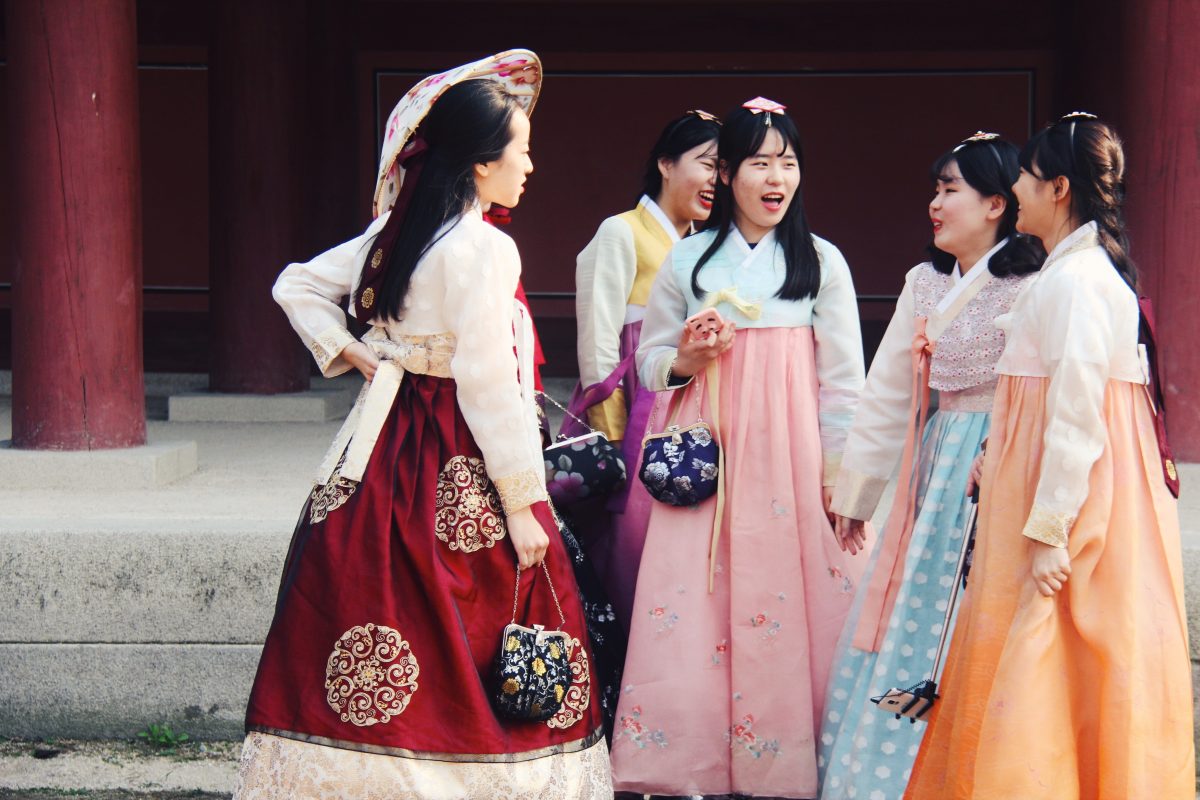
© Photo by Pauline Mae De Leon on Unsplash
1.
Hello // 안녕하세요 (annyeonghaseyo)
Listen and practise: an-nyeong-ha-se-yo
The most common greeting when you meet someone and everyone will welcome you warmly. It is used by almost all Koreans when they see each other, and you’ll sound like one of them. Drop the formalities and use “안녕” (annyeong) when you say hello to your friends!
When should you use it: Meeting anyone on the streets or stepping into a store or restaurant.
Traveller’s Tip: Politeness and etiquette are valued highly in the Korean society. Koreans nod or bow their heads when greeting someone. You may not be expected to do the same, but don’t be startled when they do!
2.
Thank you //
감사합니다 (kamsahamnida) // 고맙습니다 (gomapseumnida)
Listen and practise: kam-sa-ham-ni-da
Listen and practise: go-map-seum-ni-da
“감사합니다” (kamsahamnida) has almost the same level of recognition as “안녕하세요” (annyeonghaseyo). Use it like you would in English, and you’re good to go. The latter is less formal and usually used between friends in the informal way of “고마워요” (gomawoyo).
When should you use it: When someone does you a favour or compliments you, smile and say “감사합니다” (kamsahamnida).
3.
Nice to meet you // 반갑습니다 (bangapseumnida)
Listen and practise: ban-gap-seum-ni-da
You’re pleased to see someone, even if it’s for the first time. This will score you some brownie points. Works best if it comes with a handshake.
When should you use it: Especially when you meet someone for the first time.
4.
I am (x) // 저는 (x) 입니다 (jorhnen (x) imnida)
Listen and practise: jorh-nen | im-ni-da
This is required during a self-introduction when you need someone to remember your name. Best paired with the phrase “반갑습니다” (bangapsumnida).
When should you use it: Meeting new people who should know your name.
5.
Goodbye // 안녕히 계세요 (annyeonghee gyeseyo) // 안녕히 가세요 (annyeonghee kaseyo)
Listen and practise: an-nyeong-hee-gye-se-yo
Listen and practise: an-nyeong-hee-ka-se-yo
There are two ways of saying goodbye, depending on who’s the person staying behind or leaving. The first phrase literally means “Please stay well.” If you are the one leaving, and the other person is staying behind, this is the one for you. The second phrase literally means “Please go well.” If you are the one staying behind, and the other person is leaving, use the latter. If both of you are leaving in different directions, you may both say “안녕히 가세요” (annyeonghee kaseyo) and wishing each other a safe travel.
When should you use it: When it’s time to bid goodbye, after a meal or at the airport.
6.
Sorry // 미안합니다 (mianhamnida) // 죄송합니다 (joesonghamnida)
Listen and practise: mi-an-ham-ni-da
Listen and practise: joe-song-ham-ni-da
There are also two ways to say sorry in Korean. Use the former for a more formal apology and the latter when it’s a “Oops I’m sorry” kind of situation. In drastic situations when you have to ask for forgiveness, rub your hands together while saying sorry, like how you see it in the dramas!
When should you use it: When you spill water onto someone, use the first one. When you accidentally bump into someone on the streets, use the latter.
7.
Excuse me // 실례합니다 (silrehamnida)
Listen and practise: sil-re-ham-ni-da
You need to get someone’s attention but you don’t know how to approach them. Go up to someone and say “실례합니다” (silrehamnida). They might be startled but don’t worry about using this as this is a formal way of saying “Excuse me”.
When should you use it: You’re lost on the streets of a foreign land, approach the nearest person you see and start the conversation.
8.
Wait a moment // 잠시만요 (jamsimanyo)
Listen and practise: jam-si-man-yo
Use this phrase when you need to pass people, causing a hindrance to them, or when you want them to wait, in a polite way.
When should you use it: You’re on a crowded train and you have to get off at this station but everyone’s in your way. Or, you’re waiting for your turn to alight but someone behind is pushing you, tell them to wait. Applicable to buses too.
Phrases You Will Use and Hear All The Time
9.
Yes // 네 (neh) & No // 아니요 (aniyo)
Listen and practise: neh
Listen and practise: a-ni-yo
When someone asks you questions, answer them “네” (neh) and “아니요” (aniyo) in a polite way. Another way of saying yes politely is “예” (yeh), which is pronounced the same way as “yeah”.
When should you use it: Show someone you’re still paying attention to them when they speak, use “네” (neh) at the appropriate pauses, especially over phone calls when the other party doesn’t hear from you while they speak.
Traveller’s Tip: Koreans typically answer negative questions not quite the same as how we do. They reply “Yes” when they agree to a negative question. For example, “You don’t know how to speak Japanese?”, and the Korean way of answering is “Yes, I don’t speak Japanese.” Interesting indeed!
10.
Please give me (x) // (x) 주세요 ((x) juseyo)
Listen and practise: ju-se-yo
Add an object and this is a polite way of asking for something. This also works if you add “주세요” (juseyo) behind any verb, it becomes “Please (do this action)”.
When should you use it: Point to something you want and say “주세요” (juseyo), and it’s yours! Not for free, of course.
11.
Please help // 도와주세요 (dowajuseyo)
Listen and practise: do-wa-ju-se-yo
“도와” means help. Add “주세요” (juseyo) after it and this phrase literally means “Please give help”. Use this phrase when you require help or assistance to catch the attention of passers-by or the police.
When should you use it: In times of need.
Traveller’s Tip: The 1330 Korea Travel Hotline is a 24-hour hotline created specially for foreigners in South Korea. There are English speaking operators ready to help you with any questions including tourists attractions, transportation, food and many more. Include the area code, followed by 1330 when calling from a cell phone.
12.
It’s fine // 괜찮아요 (gwaenchanayo)
Listen and practise: gwaen-cha-na-yo
Commonly translated to “It’s okay” or “It’s fine” in English. It is widely used in everyday life, such as reassuring someone you are alright, describing something to be acceptable, or even refusing your friend’s offer of anything.
When should you use it: You accidentally tripped over a rock on the streets, and your friend is checking on you. You are discussing a movie with your friends and you feel that the movie was not bad. Your friend offers to buy you a meal and you want to reject the offer.
13.
What is (x) // (x) 뭐예요 ((x) mwoyeyo)
Listen and practise: mwo-ye-yo
Find something interesting yet unfamiliar in a shop or on the menu? This phrase is especially useful during shopping or ordering food in restaurants. Use it with the following words: “이거” (eegor) refers to something near you – “this”, “저거” (jorhgor) refers to something near the listener – “that” and “그거” (kegor) refers to something far away from you and the listener – “that”.
When should you use it: Point to something you are unfamiliar with and check with the staff what it is.
Finding Your Way and Asking for Directions
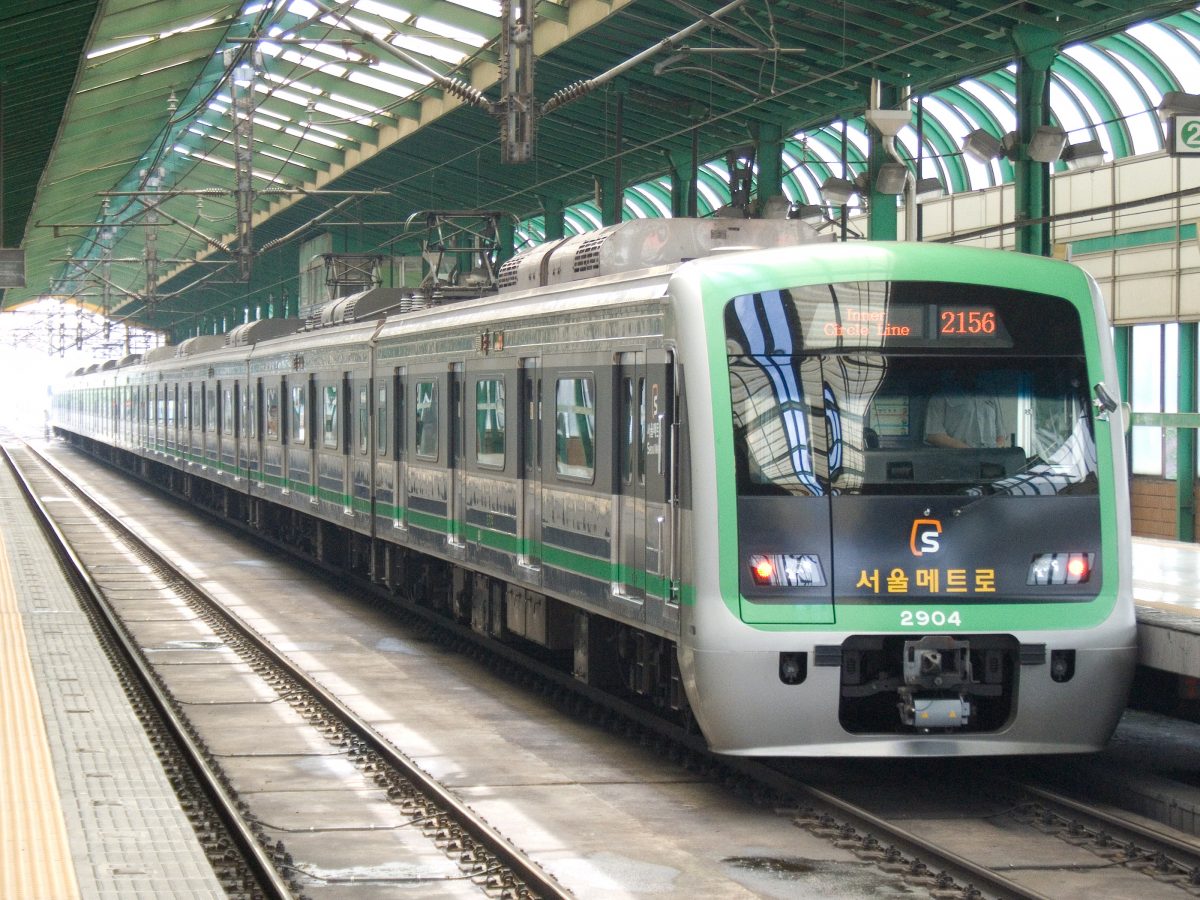
© Photo from Wikipedia
14.
Do you speak English // 영어 할수 있어요 (yongorh halsu yiseoyo)
Listen and practise: yong-orh-hal-su-yi-seo-yo
Don’t be shy to ask Koreans for help. You may find someone who’s able to help you out in English!
Traveller’s Tip: Subway systems in major cities of South Korea include English translations in the station signs and route maps. You will be able to navigate yourself easily between stations.
15.
Please go to (x) // (x) 가주세요 ((x) kajuseyo)
Listen and practise: ka-ju-se-yo
Include your destination to inform the taxi driver where you would like to go. Save a photo of your destination or the address in Korean. This will help the driver greatly.
16.
Where is (x) // (x) 어디예요 ((x) orhdiyeyo)
Listen and practise: orh-di-ye-yo
17.
How to go to (x) // (x) 어떻게 가야 돼요 ((x) orhdorkeh kaya dwaeyo)
Listen and practise: orh-dor-keh-ka-ya-dwae-yo
Lost your way? These are the two ways to ask for directions if you lose your way in the foreign land. Remember to pair it with “실례합니다” (silrehamnida).
When should you use it: When you need someone to point you the general direction of your destination, use the former. If you need a detailed route to your destination, use the latter.
18.
Where is the restroom // 화장실이 어디예요 (hwajangshilee orhdiyeyo)
Listen and practise: hwa-jang-shil-ee-orh-di-ye-yo
19.
Where is the subway station // 지하철 역이 어디예요 (jihacheol yorkee orhdiyeyo)
Listen and practise: ji-ha-cheol-york-ee-orh-di-ye-yo
Featuring the two very crucial phrases. Now you don’t have to worry when nature calls! Find the nearest toilet “화장실” (hwajangshil) and subway station “지하철 역” (jihacheol york) in times of need and you will be worry free! The character “이” (ee) you see behind them simply acts as a particle to follow behind the nouns.
Traveller’s Tip: Anything can wait except for nature’s call. Reiterating the most important phrase of the list “화장실이 어디예요?” (hwajangshilee orhdiyeyo). Make sure you know this phrase by heart.
Shopping and Bargaining
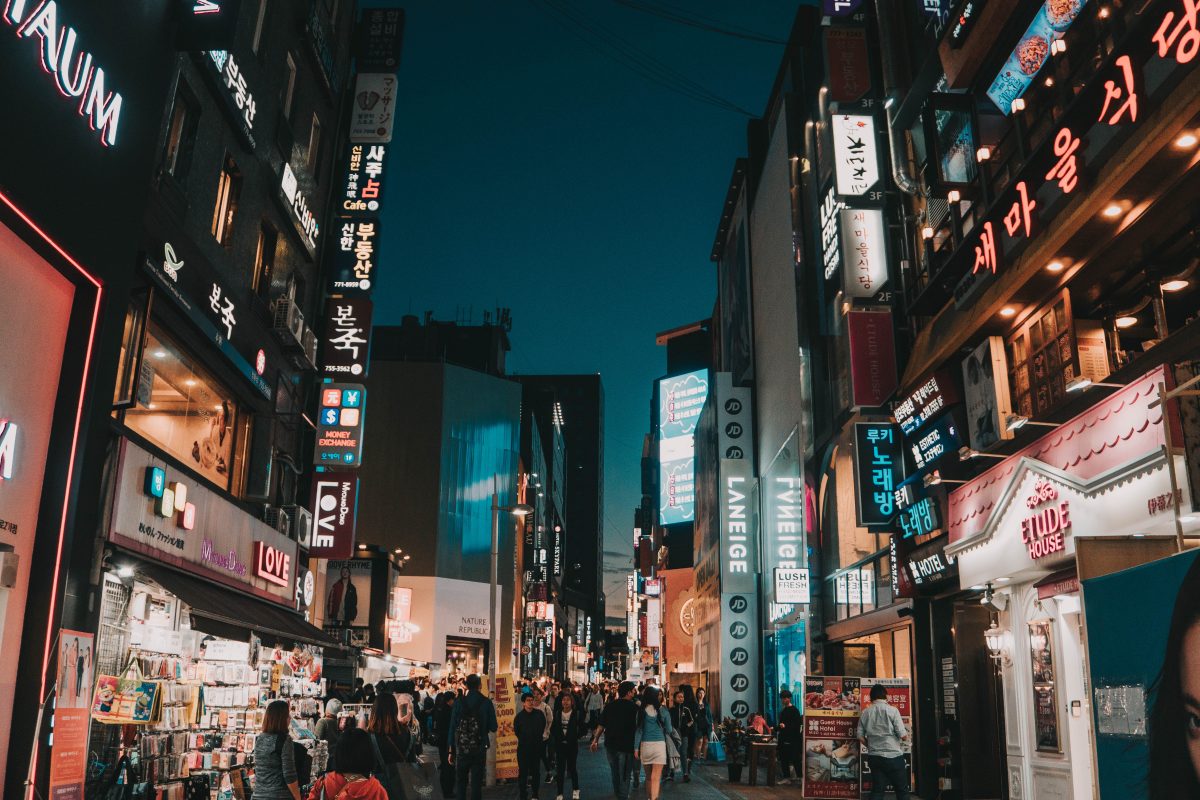
© Photo by Shawn Ang on Unsplash
20.
How much is this // 이거 얼마예요 (eegor eolmayeyo)
Listen and practise: ee-gor-eol-ma-ye-yo
The numeral system used in Korea may not be the easiest to understand. However, some shopkeepers will be able to tell you the price in English or they will just reach for their calculators to show you the amount, no worries!
When should you use it: At the markets and shopping streets.
Traveller’s Tip: Cards are generally well accepted at most shops, restaurants and hotels in South Korea. However, not all ATMs accept foreign credit cards. Do look out for the word “Global” on the ATM before trying.
21.
Do you have this // 이거 있어요 (eegor yiseoyo)
Listen and practise: ee-gor-yi-seo-yo
“있어요” is a very functional word in the Korean language. It has various meaning to it, but in this case, it is used in the context of existence. The special thing about the phrase “이거 있어요” (eegor yiseoyo) is it can be both a question and a statement, which means “I have this”.
When should you use it: You know what you want, but you can’t seem to find it in the shop. Show the shopkeeper the photo you have in your phone.
22.
It is too expensive // 너무 비싸요 (neomu bissayo)
Listen and practise: neo-mu-bi-ssa-yo
Find that the price is too high? Use this phrase in the most animated way, together with the next phrase, and you may earn yourself a discount! Do note that not all shops in South Korea accept bargaining.
Take note of the double “s”. When there is a double consonant in the English romanization, it indicates a stronger emphasis on the “s” pronunciation.
23.
Please give me some discount // 깎아주세요 (kkakkajuseyo)
Listen and practise: kka-kka-ju-se-yo
It is more likely to receive a discount when you purchase more than one item in a shop, especially in areas such as traditional markets or tourist areas like Myeongdong and Dongdaemun. Nevertheless, there’s no harm in trying, right?
Traveller’s Tip: Koreans love foreigners who love their country. They are more likely to offer a discount when you can speak their language. Don’t be shy and flaunt all your Korean skills you’ve been practising.
Dining in Restaurants
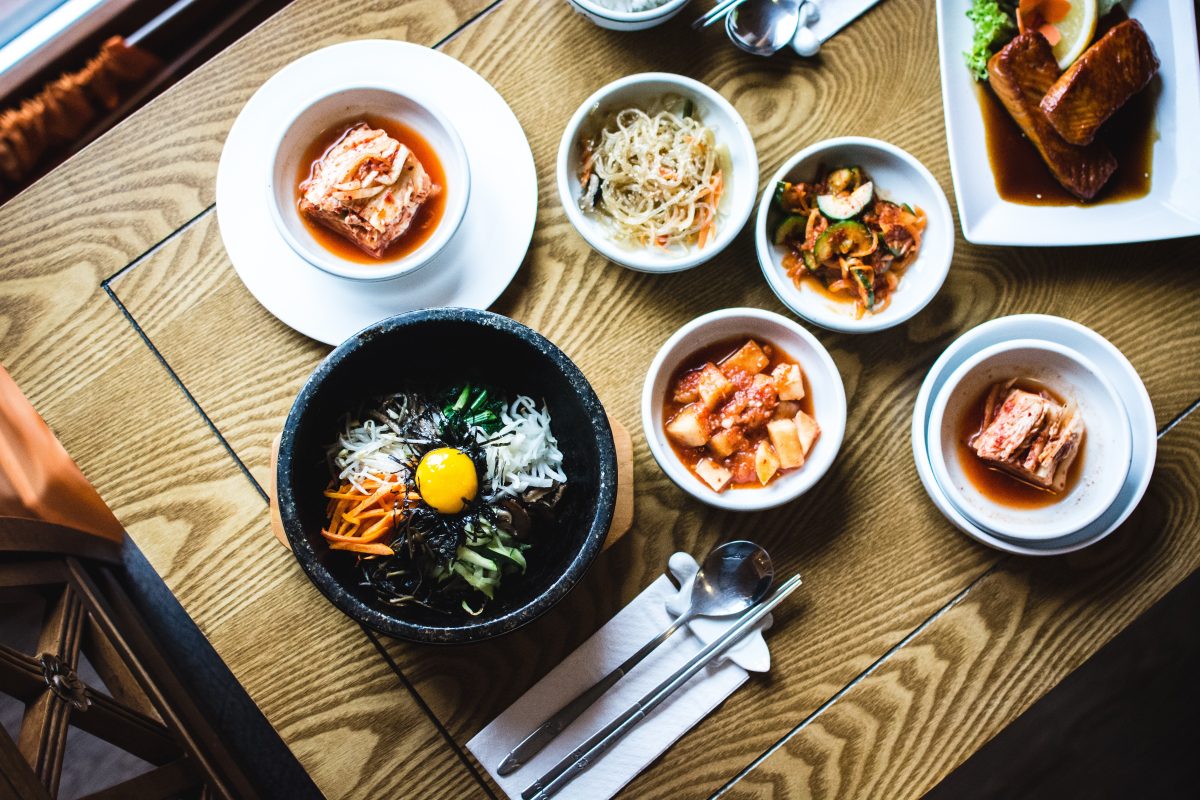
© Photo by Jakub Kapusnak on Unsplash
24.
Over here // 여기요 (yogiyo)
Listen and practise: yo-gi-yo
Use this phrase to attract the attention of the waiters. Either you are asking for the menu, ordering your food or paying the bill.
Traveller’s Tip: Press the bell on the table if it’s available. If not, do as the locals do. Raise your hand and let out a confident “여기요” (yogiyo).
25.
I would like to order // 주문할께요 (jumunhalkkeiyo)
Listen and practise: ju-mun-hal-kkei-yo
Use it with 여기요 (yogiyo) to inform the waiters you are ready to order.
26.
Please give me one of this // 이거 하나 주세요 (eegor hana juseyo)
Listen and practise: ee-gor-ha-na-ju-se-yo
“하나” means “one”. Simply point to the menu and order your food.
27.
Have a good meal // 잘 먹겠습니다 (jal mokgetsumnida)
Listen and practise: jal-mok-get-sum-ni-da
This phrase literally means “Eat well” in a formal way. This phrase is used when you have company for a meal and right before you dig in. Use the same phrase to reply when someone says it to you.
28.
I would like to pay the bills // 계산할게요 (kyesanhalkkeiyo)
Listen and practise: kye-san-hal-kkei-yo
You may use it with “여기요” (yogiyo) to inform the waiters you are ready to pay the bills. They will either point you to the cashier or bring the bill to you.
Traveller’s Tip: It is common to have the bill already on your dining table. If so, simply bring the bill to the cashier. Otherwise, inform the cashier of your table number.
29.
It is delicious // 맛있어요 (masisseoyo)
Listen and practise: ma-si-sseo-yo
Let them know you had a good meal and you find that the food was delicious. This will definitely brighten up their day!
Traveller’s Tip: A Korean meal is typically a combination of rice, soup and various side dishes, and kimchi is definitely the one essential side dish you will always find. There are various types of kimchi available, depending on the region and season of the country. The most commonly seen is the spicy version, spiced with chilli pepper.
Bonus words to know!
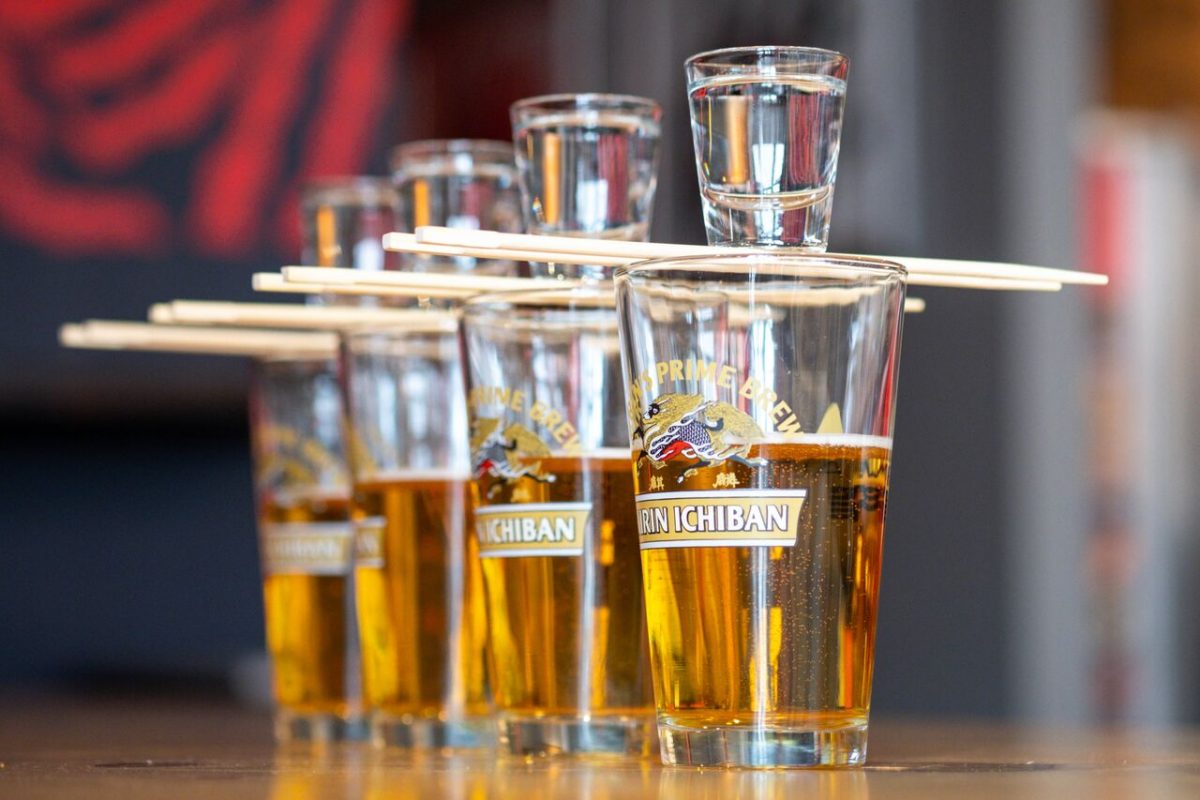
© Photo taken from Wicker Park Bucktown Chamber of Commerce
Soju // 소주 (soju)
Beer // 맥주 (maekju)
Listen and practise: so-ju
Listen and practise: maek-ju
As the national drink of South Korea, you definitely won’t miss the bright green soju bottles. It is a clear, low-alcohol drink traditionally made of rice. It tastes like a milder version of vodka. Whereas maekju is generally paired with chicken, popularly known as chi-maek. Another popular drink is the combination of 소주 (soju) and 맥주 (maekju), known as so-maek, or soju bomb. It is made using one shot of soju dropped into a cup of maekju. Beware! Soju bomb can hit you hard afterwards!
When should you use it: Usually Friday and Saturday nights. But seriously, anytime when you feel like it. Just be responsible.
Traveller’s Tip: There is a strong drinking culture in South Korea, and they have their own set of customs. Remember, always refill others’ glasses before your own, especially those who are more senior than you. When you are offered alcohol, it is rude to refuse it. Hold the cup with both hands to receive it.
Tourist Secrets
In the event you do not understand their replies, throw in some hand gestures with these Korean phrases and you may just find yourself communicating with the locals perfectly or you could purchase a Korean eBook from Amazon.
Tax refunds are applicable for tourists who spend between KRW30,000 (USD25.92) and KRW300,000 (USD259.19) in a transaction. There are shops that provide immediate tax refunds. This site offers more information about Tax Refund and its procedure.
There are plenty of local SIM cards or WiFi rental options to choose from the moment you arrive at their International Airport. So you don’t have to worry about staying connected in South Korea, or using any translation apps!
Feeling excited about your Korean trip after going through this list of daily Korean phrases? Now you’re ready to have an enjoyable time in the land of Kimchi!
You may want to check out our recommendations for the top things to do in Seoul and Busan!
Kamsahamnida~
Here’s a copy of 15 basic Korean phrases for you!
